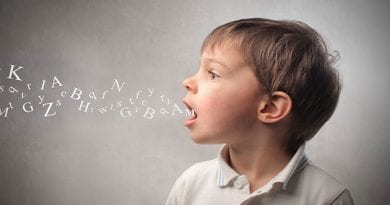Food dyes and conservatives: what’s their role in ADHD?
By Dr Georgios Efthimiou, molecular biologist – geneticist PhD
Food additives are often used to give extra color or to preserve a food product unspoiled for longer time.
The connection of these additives in food products with ADHD course is not yet very clear, however new studies have come to change this situation. Professor Bernard Weiss from University of Rochester Medical Center in New York believes that food dyes have a negative effect on children’s brain, worsening the symptoms of ADHD and other disorders linked with problematic concentration, perception and behavior. In addition, children consuming food products without additives have a milder ADHD course, as was suggested by Professor JoelNiggfromOregonHealth&ScienceUniversity1.
Althoughthereactionfromthefoodindustrytothesescientificfindingswasinitiallynegative, public pressure persuaded some companies to stop using certain food dyes in their products. For example, Kraft promised to stop adding yellow dyes Ε110 and Ε1021.
A list of 8 fooddyes and conservatives that have been linked with brain function, behavior and hyperactivity2,3is presented below:
Color additives:
Sun set yellow/FD&CYellow #6 – Code: E110
Quinoline yellow – Code:E104
Carmoisine – Code:E122
Allura red or FD&C Red #40 -Code:E129
Tartrazine/FD&C Yellow#5 – Code:E102
Ponceau 4R -Code:E124
(all in desserts, candy, breakfast, etc.)
Conservatives:
Monosodium glutamate (MSG) – Code: Ε621 (in soups, salad dressings, etc.)
BHA and BHT – Code: E320 (in breakfast cereal, chewing gum, potato crisps, etc.)
None of the chemicals listed above has been banned by the European Food Safety Agency (EFSA). However, EFSA has established concentration limits for them4. But the concentration of these chemicals is rarely mentioned on the product’s ingredient list.
In general, parents with children suffering from ADHD need to always check product labels and avoid buying processed food products or sweets with a lot of food dyes and conservatives. It is advised that they should consult a doctor or a nutritionist before excluding food products and nutrients that could be essential for their child’s diet.
SOURCES:
http://www.onmed.gr/diatrofi/item/321327-prosoxi-afta-einai-ta-pio-epikindyna-syntiritika
http://www.efsa.europa.eu/en/topics/topic/additives




